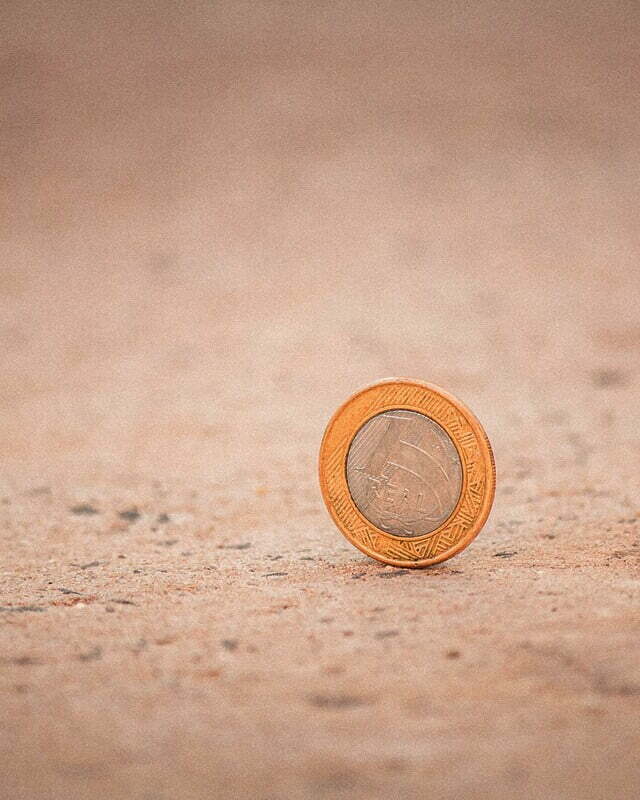Brainteasers
Brainteaser #21 – The Biased Coin
Someone down the local pub has been challenging people to a game of coin flip.
The rules are simple. The coin is flipped 20 times and whoever gets more of their chosen side, Heads or Tails, wins.
The person that owns the coin always chooses his side first. He always chooses Heads.
Over time, you’ve noticed that this coin flipper rarely looses much. He always tends to win when he’s siding with his chosen side of Heads.
You consider this and confront them – you say their coin must be biased!
An inquest is launched at the pub!
——
Indeed, after much deliberation, you do prove the coin is biased by flipping it some 1,000,000 times (many pints were consumed that night). This is a suitable enough figure to determine that coin has some bias towards Heads.
In this example, we’ll say that it landed on Heads 750,000 times. So, the odds are thoroughly stacked in its favour.
The question is, how do you even out the odds without changing the coin itself?
Hint: You may need to flip it more than once per time!
Regardless of how biased the coin is, one thing always remains true.
If you flip the coin twice, then, regardless of bias, the chance of the result being Heads and then Tails is always the same as the result being Tails and then Heads.
There are still only two sides to the coin.
The probability of this will always equal A x B or B x A, which are the same.
So, with the biased coin, instead of calling either Heads or Tails, you can call Heads then Tails (HT) or Tails then Heads (TH).
The coin can then produce 4 outcomes: HT, TH, TT, and HH.
If you do not get a result of HT or TH, then simply flip the coin again until you do get HT or TH within those 2 flips.
Regardless of how biased the coin is, this will always work, so long as there are two sides that the coin can physically fall on!
Sign up to our free weekly brainteasers via email!





















